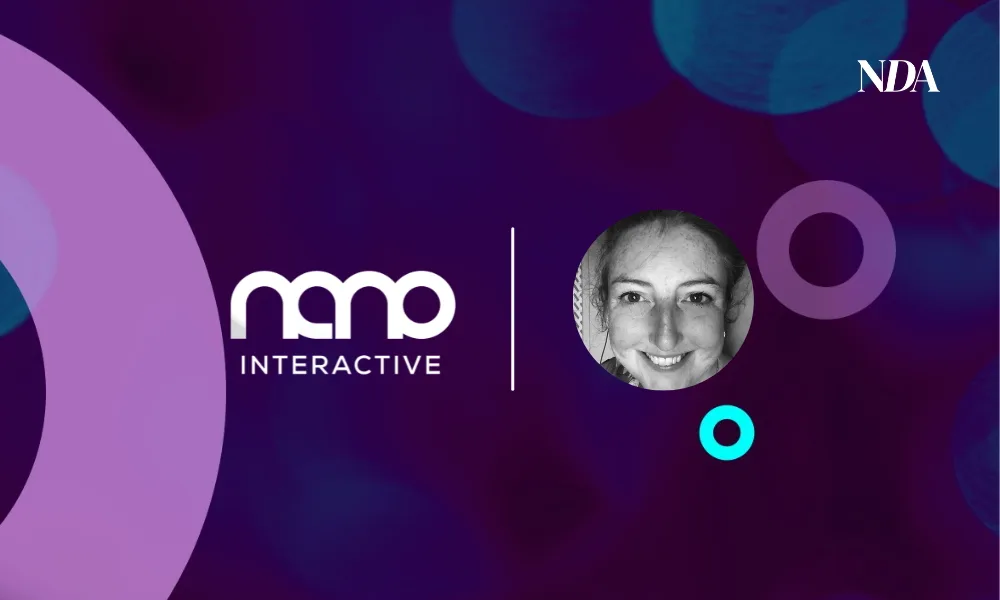By Heather Lloyd, Head of Product Marketing, Nano Interactive
As cookies depreciate, the advertising industry is facing a period of reflection, experimentation and unavoidable change. With the majority of online audiences no longer addressable, campaign measurement is an area of particular focus.
Another major trend – and motivation behind the changes – is that customers are increasingly aware of their options around data privacy. This brings us neatly to Nano Interactive’s core strength: as a platform operating without cookies or other personal identifiers.
From CTR to Attention Metrics
Alongside a strong reliance on cookies, historically the industry has also especially hedged its bets on one specific performance indicator: the click.
Conversely, Nano has been ploughing a slightly different course, for a while now investigating and practising the use of attention as a success metric instead. Our definition of attention began with time in view, and adding further new metrics which are truly driving brand uplift for clients. Alongside this again, our cookieless delivery has meant we can run campaigns targeting users wherever they are on the open web.
Ours is a unique approach in that we use neither user panels nor historical data. Instead, we optimise on an impression-by-impression basis using in-flight data, and machine learning as well as human oversight.
We began by focusing on how long an ad is actually in view for, then we added ad clutter and content length to ensure that client creative is as prominent as possible, and there is as little additional noise as possible.
Our research shows that cookieless environments deliver on average stronger ad recall than cookied ones. Brand awareness, recall, purchase intent, perception – all perform better. Especially recall, as expected since we’re enabling brands’ ads to be seen for longer.
What’s Next
We are already measuring the impact of creative size and are working to start factoring in screen real estate. This will give us even more attention insight, especially when overlayed with device type.
Our advice for those asking what to do next would be to test the new alongside existing solutions. Move beyond the click and viewability. And try different solutions by all means, but always dig into methodology to fully understand the detail.









